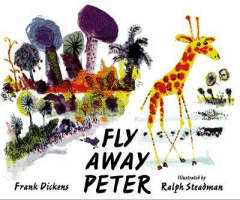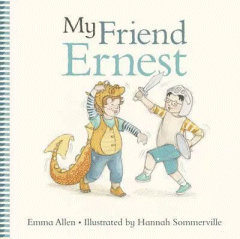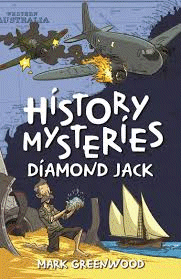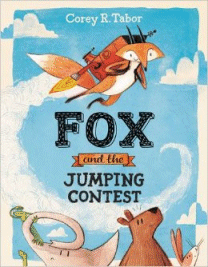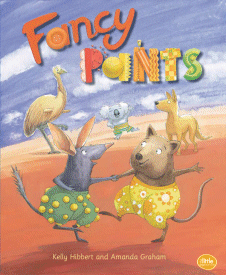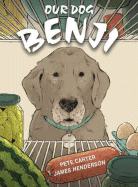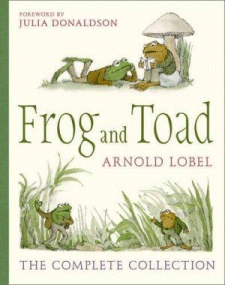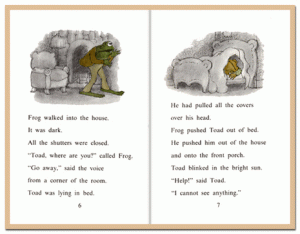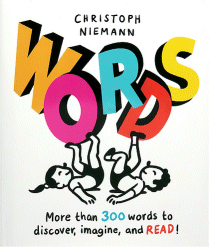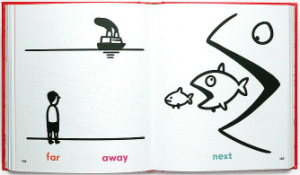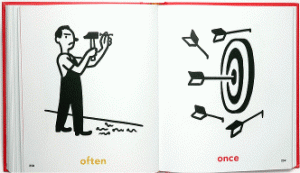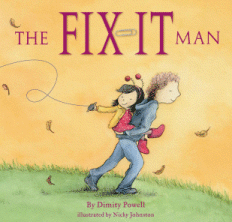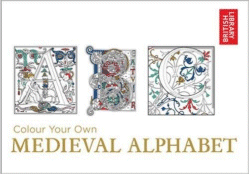Fly Away Peter
Frank Dickens
Ralph Steadman
Pavilion, 2016
32pp., pbk., RRP $A14.99
9781843653219
Jeffrey the Giraffe is very unhappy. Even though it is a lovely day, and he is the same size as the other giraffes and has the same spots as them, he has a short neck and that makes him different. As he wanders through the jungle feeling sorry for himself he almost steps on a little bird walking in the grass. The little bird is most indignant but when he hears Jeffrey’s story about being different and lonely he suggests going for a wall.
Jeffrey is surprised that the bird, whose name is Peter suggests a walk when everyone knows birds fly. But like Jeffrey, Peter is different for he cannot fly. That is until an innocent game of hide and seek changes both their lives forever…
First published in 1964, it has been republished several times over the years and now another generation will get to share this story with a theme that not only passes the test of time but endures in a myriad of situations everywhere so it will resonate with today’s readers as much as it did 50 years ago. Steadman’s bright, detailed illustrations are full of fun and echo the artwork of children although there is much to discover with closer examination.
Little ones can be encouraged to predict what might happen at several parts in the story particularly when Jeffrey’s predicament becomes apparent, which encourages them to take risks in a very safe environment, and they will enjoy joining in with the actions and words as the animals try to solve Jeffrey’s problem. Retelling and art opportunities abound! The best stories promote this sort of spontaneous interaction and so it is perfect for helping them understand the fun and enjoyment of stories and the printed word.
This is a classic story about friendship, co-operation and accepting others for what they are not what they look like that will probably still have a place on the shelves 50 years from now.
